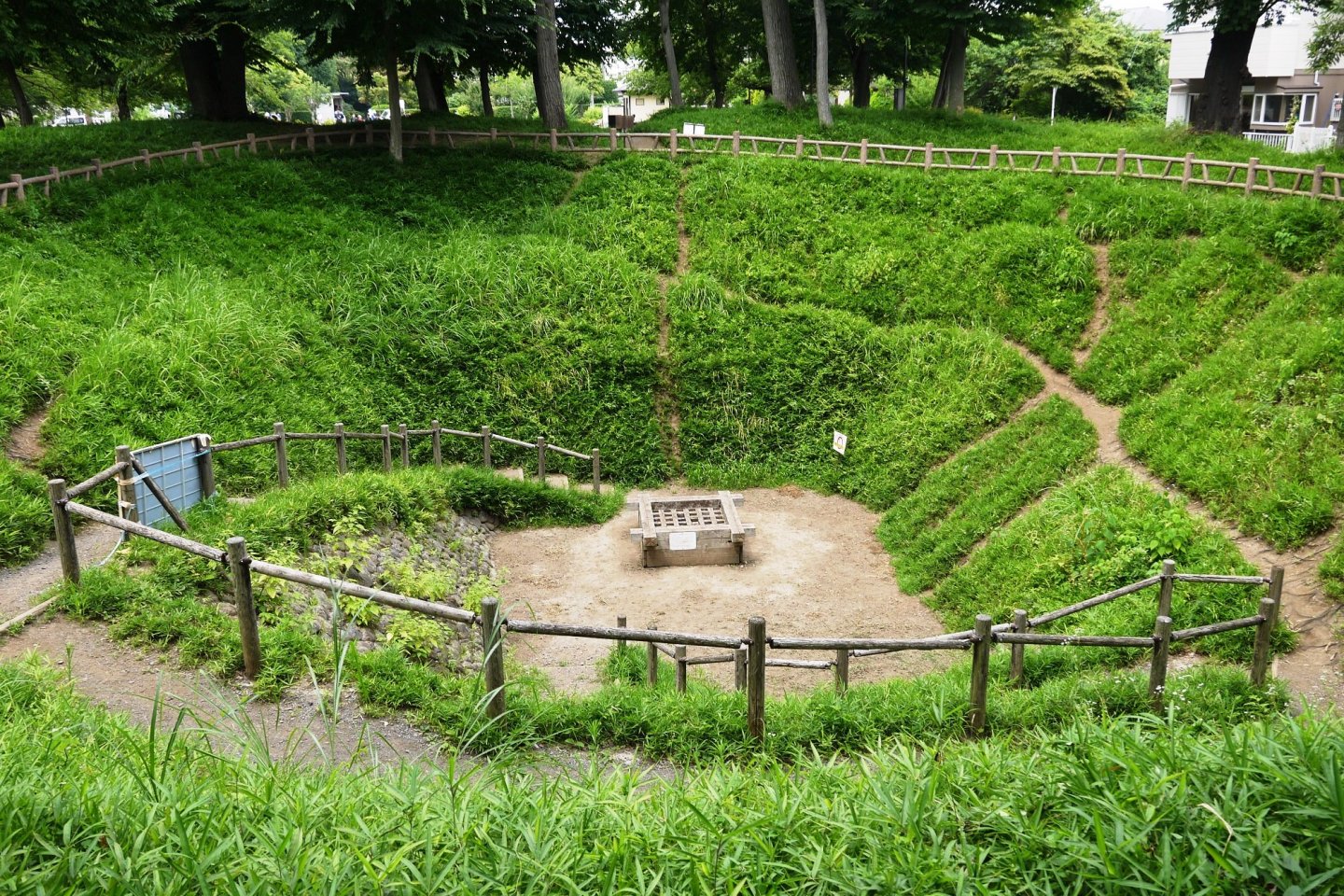Overview
Part of the ancient Musashi Province, Ome City became a road station along the old Ome Kaido highway during the Edo period. Officially becoming a city in 1951, Ome is home to scores of historical landmarks that reflect the area's deep heritage. Here is an introduction to some of the history and landmarks of Ome City and how to reach them.
Baba-ke Oshi Juku
Built in 1866, the Baba-ke Oshi Juku is a heritage listed thatched roof private home. Located 807m above sea level, the heritage of the owners stretches back one of Japan's great generals. Takeda Shingen. While parts are open to the public, the home is still a private one with some areas naturally off limits to visitors.
A 14-minute no.10 bus ride to the Takimoto Cable Car Station from Mitake Station on the JR Ome Line. Alight from the cable car at Mitakesan Station for an 8-minute walk.
Fukushima-ke Home
Originally constructed in the mid-Edo Period, the Fukushima-ke Home is a private property opened to the public during Tokyo Heritage Week, usually between October and November. Designated as a Tangible Cultural Property, this traditional home has been largely unmodified for over 300 years.
A 4-minute walk from Sawai Station on the JR Ome Line.
Mount Mitake
By far the most prominent landmark in the city, Mount Mitake is a proper natural haven, offering scores of hiking trails and sightseeing spots. Musashi-Mitake Shrine sits on its 929m-high summit, drawing visitors from all over the country. A 600-year old zelkova tree sits about 860m up and is registered as a National Monument.
A 14-minute no.10 bus ride to the Takimoto Cable Car Station or a 100-minute walk from Mitake Station on the JR Ome Line.
Ome Shinmachi no Oido
A large well said to have been built prior to the Edo period, the Ome Shinmachi no Oido was a lifesaver for the area when fresh water had been hard to come by. Essential to the development of the region, the well's spiral pit, large size and historical importance has seen it designated as an official Historic Site.
A 20-minute walk from Kabe Station on the JR Ome Line.





























